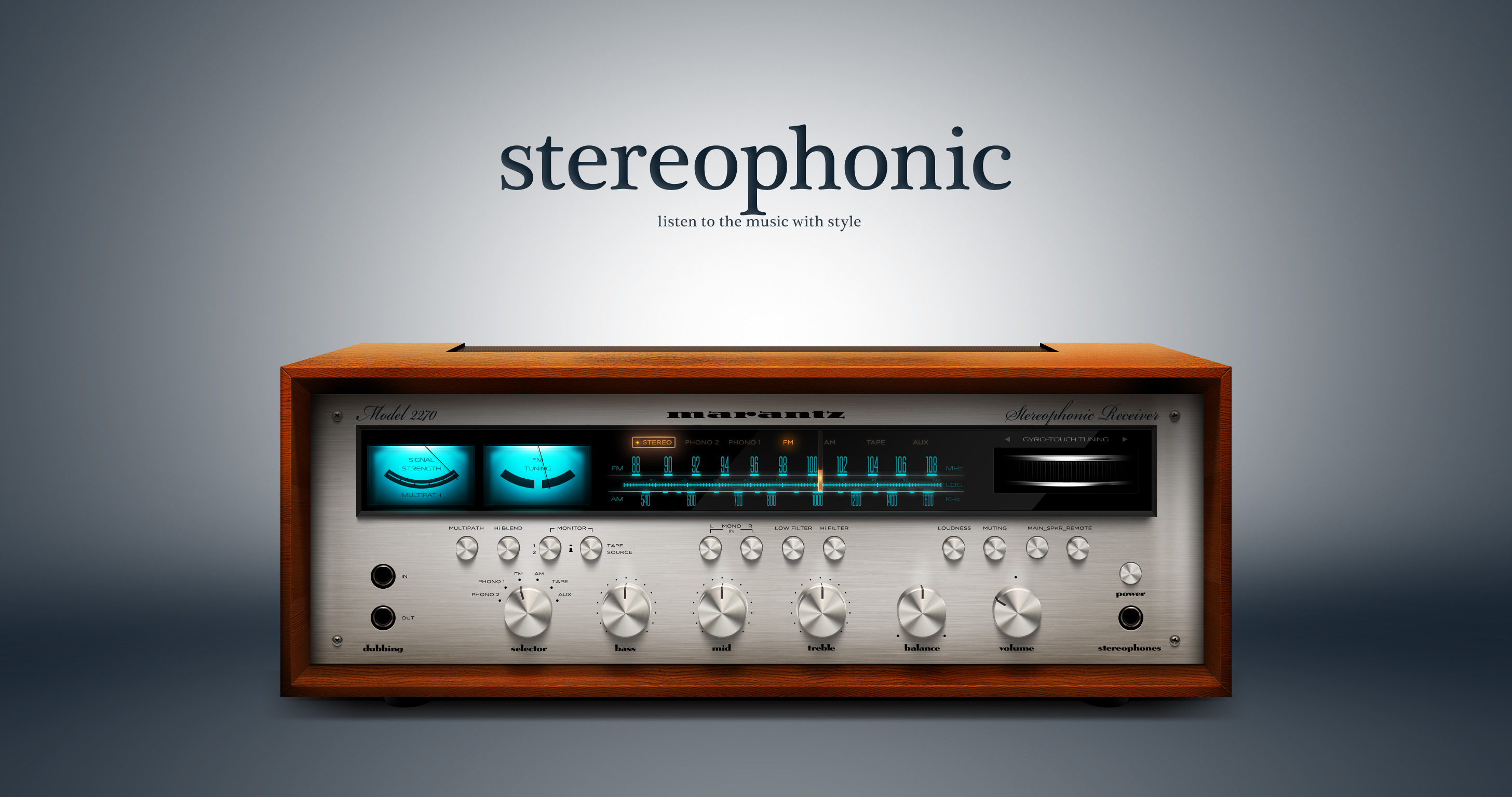History and Evolution of Stereophonic Sound
Stereophonic sound, commonly known as stereo, has revolutionized the way we experience audio, creating an immersive and realistic soundscape. Its origins can be traced back to the early days of sound recording, with significant advancements shaping its evolution over the years.
Key Milestones
1881: Emile Berliner invents the gramophone, capable of recording and reproducing sound using a cylindrical format.
1931: Alan Blumlein, a British engineer, patents a two-channel stereo recording system, laying the foundation for modern stereo sound.
1940: Bell Labs demonstrates a two-channel stereo sound system at the New York World’s Fair.
1958: The first commercial stereo record is released, marking the widespread adoption of stereo sound.
1970s: Quadraphonic sound, an extension of stereo with four channels, gains popularity for a brief period.
1980s: Digital audio formats emerge, revolutionizing the storage and playback of stereo sound.
2000s: Surround sound systems, with multiple channels, become prevalent in home theaters and entertainment.
Technical Principles of Stereophonic Sound

Stereophonic sound reproduction aims to recreate a realistic auditory experience by creating a sense of spatial separation and depth. It achieves this through the use of multiple channels, each capturing sound from a different direction.
The fundamental principle behind stereophonic sound is the binaural effect, which refers to the way our brains process sound from different directions. When sound reaches our ears, it creates a time and intensity difference between the two ears. Our brains use these differences to determine the direction of the sound source.
Microphones, Stereophonic
In a stereophonic sound system, microphones are placed in different locations to capture sound from different directions. The most common microphone configuration is a stereo pair, which consists of two microphones placed a few feet apart, facing in the same direction. This configuration creates a realistic sense of spatial separation, as the sound from each microphone reaches our ears at slightly different times and intensities.
Amplifiers
Once the microphones have captured the sound, it is sent to amplifiers, which increase the signal strength so that it can be played through speakers. Amplifiers also allow for the adjustment of the volume and tone of the sound.
Speakers
The final component of a stereophonic sound system is the speakers. Speakers are placed in different locations around the listening area to create a sense of spatial separation. The speakers should be placed at ear level and angled towards the listener for optimal sound quality.
Applications of Stereophonic Sound

Stereophonic sound has revolutionized the way we experience audio, providing a more immersive and realistic listening experience. It is widely used in various applications, including:
- Music Recording: Stereophonic sound has become the standard for music recording, allowing artists to create a wider soundstage and enhance the spatial placement of instruments and vocals. It provides a more natural and engaging listening experience, particularly when using headphones.
- Broadcasting: Stereophonic sound is used in radio and television broadcasting, providing a more immersive experience for listeners and viewers. It enhances the sense of depth and direction, making it easier to follow conversations and locate sound sources in space.
- Film Production: Stereophonic sound plays a crucial role in film production, creating a more realistic and engaging cinematic experience. It allows filmmakers to control the direction and placement of sound effects, music, and dialogue, immersing the audience in the world of the film.
- Gaming: Stereophonic sound is essential for gaming, providing players with a more immersive and interactive experience. It allows them to accurately locate sound sources, such as footsteps, gunfire, and environmental cues, enhancing their situational awareness and gameplay.
Advantages of Stereophonic Sound
- Enhanced spatial realism and immersion
- Improved localization of sound sources
- Increased sense of depth and direction
- More engaging and natural listening experience
Limitations of Stereophonic Sound
- Requires specialized equipment (e.g., stereo speakers, headphones)
- Can be challenging to mix and master effectively
- May not be suitable for all applications (e.g., mono recordings)
